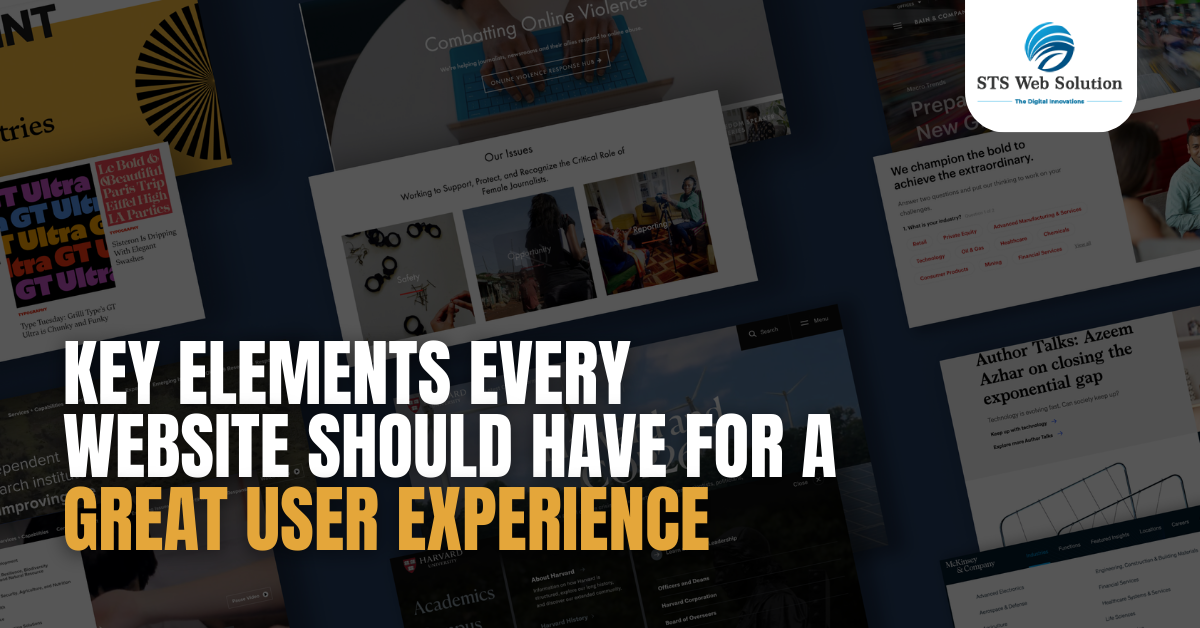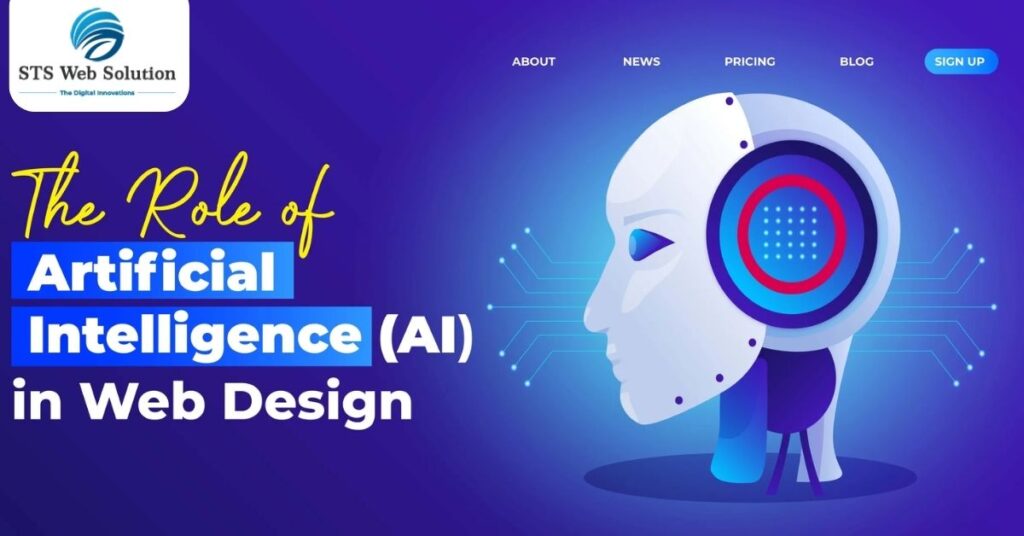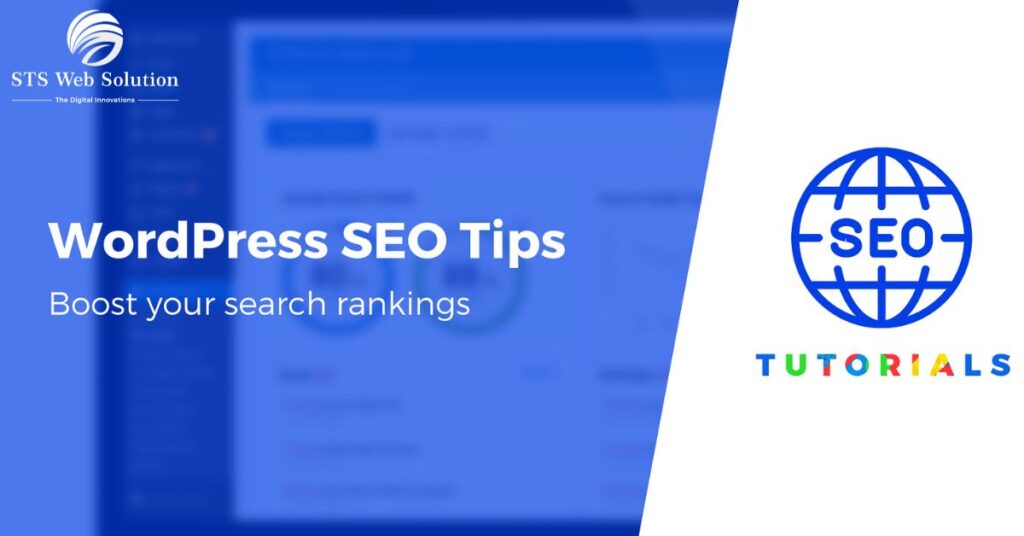When it comes to Website Design, creating a great user experience is paramount. A well-designed website captivates visitors and ensures seamless navigation and engagement. This blog will delve into the ten key elements crucial for every website to deliver a remarkable user experience. From straightforward and intuitive navigation to responsive design and fast loading speeds, these elements are essential for optimizing user engagement and driving conversions. By integrating these elements into your website, you can create an immersive and user-friendly online presence that leaves a lasting influence on your audience.
1. Clear And Intuitive Navigation
Clear and intuitive navigation in website design is crucial for seamlessly guiding users through your website. The navigation menu should be prominently placed and easily visible, preferably at the top or left side of the page. Use concise and descriptive labels that accurately represent the content of each section.
Consider using dropdown menus for organizing subcategories and creating a hierarchical structure. Ensures navigation is consistent across all pages, allowing users to switch between sections easily. Including a search bar at a visible location enables users to find specific information quickly.
2. Responsive And Mobile-Friendly Design
In the mobile-first era, ensuring your website design is responsive and optimized for mobile devices is vital. Responsive design allows your websites to adapt to different screen sizes, ensuring a consistent user experience across devices. It eliminates the need for users to zoom or scroll horizontally, making content easily accessible and readable.
To create a mobile-friendly experience, prioritize mobile optimization techniques such as using a responsive framework, optimizing images for smaller screens, and implementing touch-friendly elements. Test your website on many devices to ensure it functions smoothly across different screen sizes.
3. Fast Loading Speed
In a world where time is of the essence, a fast-loading website design is essential to keep users engaged. Optimize your website’s performance by minimizing file sizes, compressing images, and leveraging caching techniques. Minimize the use of external scripts & plugins that can slow down the loading speed.
Examine using a content delivery network (CDN) to circulate your website’s content across multiple servers, reducing latency and improving loading times. Choose a reliable hosting provider with fast server response times. Regularly monitor your website’s performance using tools like Google PageSpeed Insights and optimize accordingly.
4. Compelling And Engaging Content
Compelling content plays a significant role in capturing and retaining users’ attention. Use a blend of text, images, videos, infographics, & other media to deliver information engagingly. To enhance readability, structure your content with clear headings, subheadings, and bullet points.
Ensure that your content is relevant, concise, & focused on meeting the needs & interests of your target audience. Incorporate storytelling techniques to make your content more relatable and memorable. Use high-quality visuals and multimedia elements to supplement your message and make it more visually appealing.
5. Clear Call-To-Action (CTA)
A clear and compelling call-to-action (CTA) guides users toward the desired action, such as purchasing, signing up for a newsletter, or contacting you. Use contrasting colors for your CTA buttons to make them stand out. Compelling copywriting that communicates the value proposition and encourages action is crucial.
Place CTAs strategically in prominent locations, such as above the fold or at the end of relevant content. Use action-oriented language that instills a sense of urgency or exclusivity. Test different variations of CTAs to identify what resonates best with your audience and yields higher conversion rates.
6. Consistent Branding
Consistency in branding helps create a cohesive and memorable user experience. Use consistent colors, fonts, logos, and visual elements throughout your website. Align your website design with your brand identity to reinforce brand recognition and trust.
Maintain a consistent tone of voice and messaging across your website’s content. Incorporate your brand’s personality into the design elements and use them consistently. Ensure your website’s design reflects your brand’s values and resonates with your target audience.
7. User-Friendly Forms
Forms are critical for website interactions, such as signing up, requesting information, or purchasing. Design your forms to be user-friendly and intuitive, reducing friction and minimizing user effort.
Keep the required fields to a minimum, only asking for essential information. Use clear labels and placeholders to guide users on what information to enter. Implement validation in real-time to provide immediate feedback and prevent errors. Consider using autofill features to save users’ time and simplify form completion, especially for returning users.
8. Accessibility Features
Inclusive website design is crucial for accommodating users with disabilities and ensuring equal access to information. Implement accessibility features to make your website usable for everyone. Include alt tags for images, providing alternative text descriptions for visually impaired users.
Add captions or transcripts for videos to assist users with hearing impairments. Offer options to adjust text size and contrast, catering to users with visual impairments. Implement text-to-speech functionality to help users navigate the website using screen readers.
9. Trust Signals
Building trust is essential for converting visitors into customers. Incorporate trust signals throughout your website to establish credibility and reassure users. Include security badges to indicate that your website is secure and your information is protected.
Display customer testimonials, reviews, and ratings to showcase social proof and build trust. Feature client logos to demonstrate credibility and establish connections with reputable organizations. Provide a clear and transparent privacy policy to assure users that their data will be handled responsibly.
10. Error-Free Functionality
A website with broken links, 404 errors, or malfunctioning features can frustrate users and diminish their experience. Regularly test your website to ensure it is error-free and functions seamlessly.
Check for broken links & fix them promptly. Test all forms and interactive features to ensure they work correctly. Verify your website is compatible with different browsers and devices, eliminating rendering issues or functionality discrepancies.
Conclusion
By incorporating these ten key elements into your website design, you can create a remarkable user experience that engages and delights your visitors. Prioritize usability, accessibility, and visual appeal to enhance the overall experience and encourage users to stay longer, explore more, and convert into loyal customers. Remember, a great user experience is an investment that pays off in the long run.
At STS Web Solutions, we understand the significance of providing a great user experience through website design. Our commitment to incorporating the ten critical elements discussed in this blog ensures that your website stands out and engages visitors effectively. By prioritizing clear navigation, responsive design, fast loading speeds, compelling content, and other essential elements, we help your brand leave a lasting impression on users. With our expertise in user-centric design and attention to detail, we create a seamless and enjoyable online journey for your audience. Trust STS Web Solutions to elevate your website’s user experience and drive meaningful results for your business.






